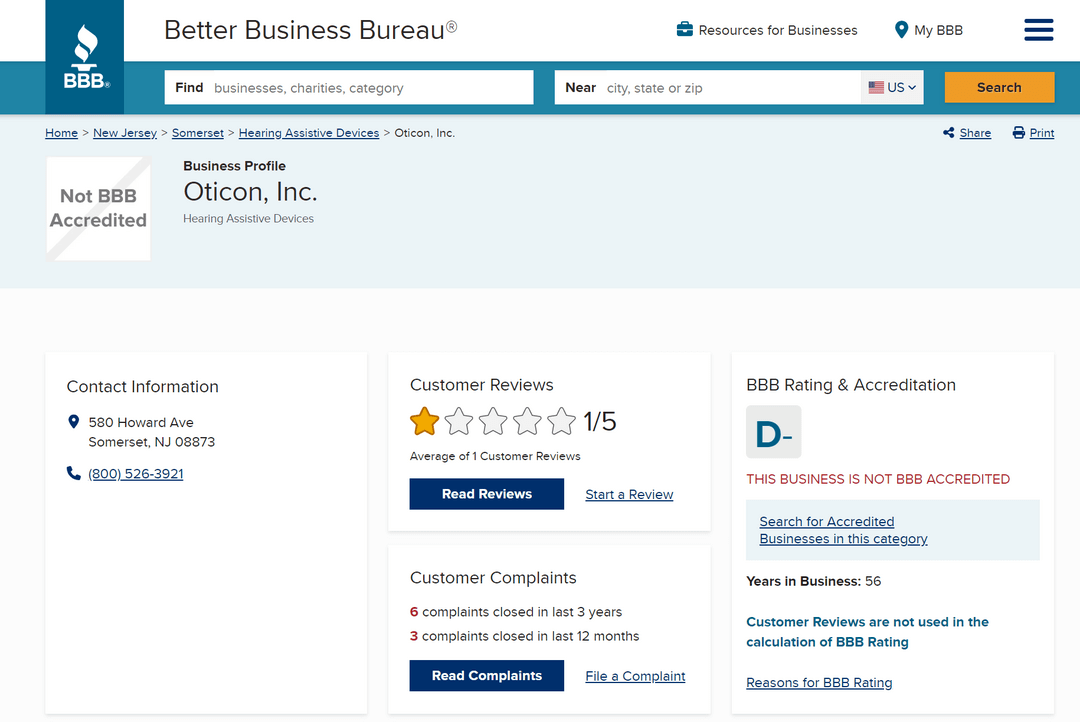About Oticon
As one of the top hearing aid providers in the world, Oticon offers products that cover all levels of hearing loss and come in multiple styles to fit wearers’ needs. Oticon differentiates itself with its deep neural network platform for advanced sound processing, called BrainHearing.
Oticon Hearing Aids Review
Why Oticon Is One of Our Top Picks: We decided Oticon hearing aids were worth an in-depth review because of the variety of styles you can purchase for mild, moderate, severe, and profound hearing loss. Depending on your hearing needs and preferences, Oticon could be the hearing device for you, especially if rechargeable batteries and high tech features are on your priority list, including Bluetooth and wireless connectivity.
A key drawback is pricing: Oticon doesn’t share its pricing details publicly, but judging by information compiled by other websites, its products are much more expensive than other brands on the market.
Pros and Cons of Oticon Hearing Aids
Pros
-
Wide range of hearing aid styles for mild, moderate, severe, and profound hearing loss, as well as one-sided deafness
-
Bluetooth-enabled hearing aids with wireless connectivity
-
Rechargeable battery styles available
-
Deep neural network technology for advanced sound processing
Cons
-
Little pricing transparency, with no pricing information posted online
-
No online ordering
-
More expensive than competitors


